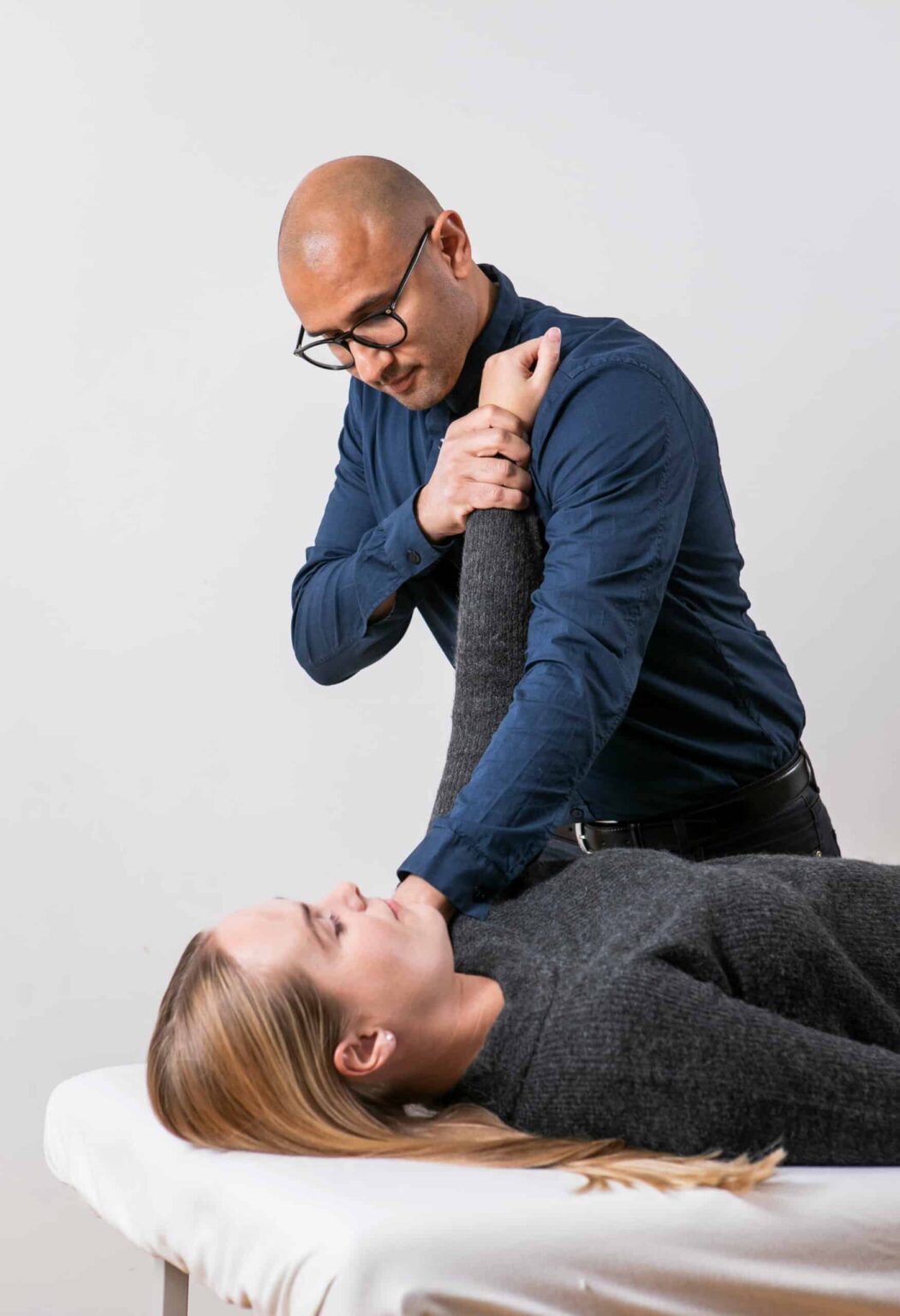We treat
Spondylolisthesis
Learn more about spondylolisthesis
What is spondylolisthesis?
Spondylosis describes the general degeneration of the spine that can occur in the ligaments, discs between the vertebrae and bones in the spine as we age. The discs in the spine act as a shock absorber between the vertebrae, typically over the years they gradually lose their flexibility. This means that both the ligaments and the bones in the spine will be further stressed in the long term. With increased stress over time, calcification can occur, as in other joints. This will lead to reduced mobility.
Jump to section [Vis]
Spondylolysis is divided into categories
Spondylolisthesis describes a vertebra slipping out of place and resting on the bone below it, this is most often seen in the lower back. However, there can be variation in how much the vertebra has slipped out, which is divided into categories:
- Grade 1: between 0-25% of the vertebra has slipped forward in relation to the vertebra below.
- Grade 2: Between 25-50%
- Grade 3: between 50-75%
- Grade 4: more than 75%
The vertebra can slip out of place due to a degenerative condition.
The discs between the vertebrae and the facet joints (the two back parts of each vertebra that connect the vertebrae together) can wear down. The bone of the facet joints actually grows back and overgrows, causing an uneven and unstable surface area that makes the vertebrae less able to stay in place.
Source: My Cleveland Clinic

Symptoms of spondylolisthesis
Not everyone experiences symptoms of spondylolisthesis, which is why some people don’t know they have it.
If there are symptoms, most people experience lower back pain as the typical one, and the pain can also extend from the buttocks and down the thighs. In addition, you may experience:
- Muscle spasms in the hamstrings
- Stiffness in the lower back
- Difficulty walking or standing for long periods of time
- Pain when bending over
- Numbness, weakness, or tingling in the foot.
- In more severe cases, bowel and bladder dysfunction.
Spondylolisthesis pain
Pain due to spondylolisthesis can feel like:
- Lower back pain
- The pain usually feels a bit like a muscle tension, travels down the body, gets worse with physical activity and improves with rest.
- Pain in the buttocks
- Pain in the legs (a result of pressure on the nerve roots)
Causes of spondylolisthesis/spondylolysis
Causes of spondylosis include:
- Age
- Calcification
- Reduced mobility
Source: Sundhed.dk
Causes of spondylolisthesis include:
- Congenital spondylolisthesis occurs when a baby’s spine doesn’t form as it should before birth. The misaligned vertebrae put the person at risk for slipping later in life.
- Isthmic spondylolisthesis occurs as a result of spondylolysis. The crack or fracture weakens the bone.
- Degenerative spondylolisthesis, the most common type, happens due to aging. Over time, the discs that cushion the vertebrae lose water. As the discs thin, they are more likely to slip out of place.
Less common types of spondylolisthesis include:
- Traumatic spondylolisthesis happens when an injury causes the vertebrae to slip.
- Pathological spondylolisthesis occurs when a disease – such as osteoporosis – or tumor causes the condition.
- Post-surgical spondylolisthesis is slippage resulting from spine surgery.
Source: My Cleveland Clinic

What is retrolisthesis?
Lumbar retrolisthesis is when parts of your spine, known as vertebrae, slip backward on each other. This puts a lot of pressure on the vertebrae and various parts of the spine, causing leg and back pain.
It is different from spondylolisthesis, where the vertebra slips forward.
Lumbar retrolisthesis is generally uncommon, but studies have suggested that retrolisthesis is present in up to 30% of people with chronic low back pain. It is also associated with other spinal conditions, such as disc degeneration.
Source: Webmed
Is spondylosis a rheumatic disease?
Spondylosis can over time contribute to degenerative changes referred to as osteoarthritis in the back, however, this does not mean that there are advanced changes in the back that cause spinal stenosis symptoms.
Source: Gigtforeningen
Spondylolisthesis and spondylarthrosis
Spondyloarthritis is a broader term and can be more generally called “degenerative disc disease”; a defect or fracture occurs in one or more of the vertebrae that make up your spine. Spondylolisthesis occurs when one vertebra slips on top of another, usually at the base of the spine.
The most common symptom of spondyloarthritis is lower back pain. Swelling may also occur. When the arms and legs swell, doctors may call the condition peripheral spondyloarthritis.
Without treatment, vertebral bones can grow together, which is called “spinal fusion” and can limit the mobility of the spine.
Joints may be inflamed. In addition, people with spondyloarthritis may feel tired.
Source: Stanfordhealtcare.org

What is anterolisthesis?
This is basically another term for spondylolisthesis.
Anterolisthesis is a spine condition in which the upper vertebral body, the drum-shaped area in front of each vertebra, slides forward onto the vertebra below.
The amount of slippage is graded on a scale of 1 to 4. Grade 1 is mild (less than 25% slippage), while grade 4 is severe (greater than 75% slippage). The symptoms of anterolisthesis can vary greatly depending on whether and how much the slippage is compressing the nerve roots and which area is affected.
Source: Spine-Health.com
Treatment of spondylolisthesis
Spondylolisthesis is treated with training of the supporting abdominal and back muscles through physical therapy. Treatment may include:
Rest
Anti-inflammatory medications, including ibuprofen or naproxen
Steroid shots
Physical therapy
If you continue to have severe pain and disability after physical therapy, surgery may be an option.
Source: Nhs.uk
Spondylolisthesis surgery
Surgery for back pain due to spondylolisthesis typically involves spinal decompression, with or without fusion of the affected vertebrae. Decompression alone is almost never performed for isthmic spondylolisthesis.
Studies show that fusion with decompression can provide a better result than decompression alone.
During a decompression surgery, your surgeon removes bone and discs from your spine. This procedure makes room for the nerves inside the spinal canal, which relieves pain.
For fusion surgery, your surgeon fuses (connects) the two affected vertebrae. As they heal, they form into one bone, eliminating movement between the two vertebrae. You may experience some limited mobility in your back as a result of the surgery.
Source: My Cleveland Clinic

Osteopathy and spondylolisthesis
At Osteonordic we always look for the causes of lower back pain. As previously mentioned, the pain can be in all body systems. We are trained to find and eliminate these causes in all systems, which is why we are well placed to help with difficult lower back problems.
Good advice for spondylolisthesis
The best thing you can do is stay active. You should avoid doing activities that cause lower back pain. Exercises and training are good for strengthening and stabilizing your lower back. It is also important to focus on your posture. This applies to both when you are sitting, working and lifting. In some cases, a corset can help stabilize your lower back and thus relieve the pain.

Often related injuries
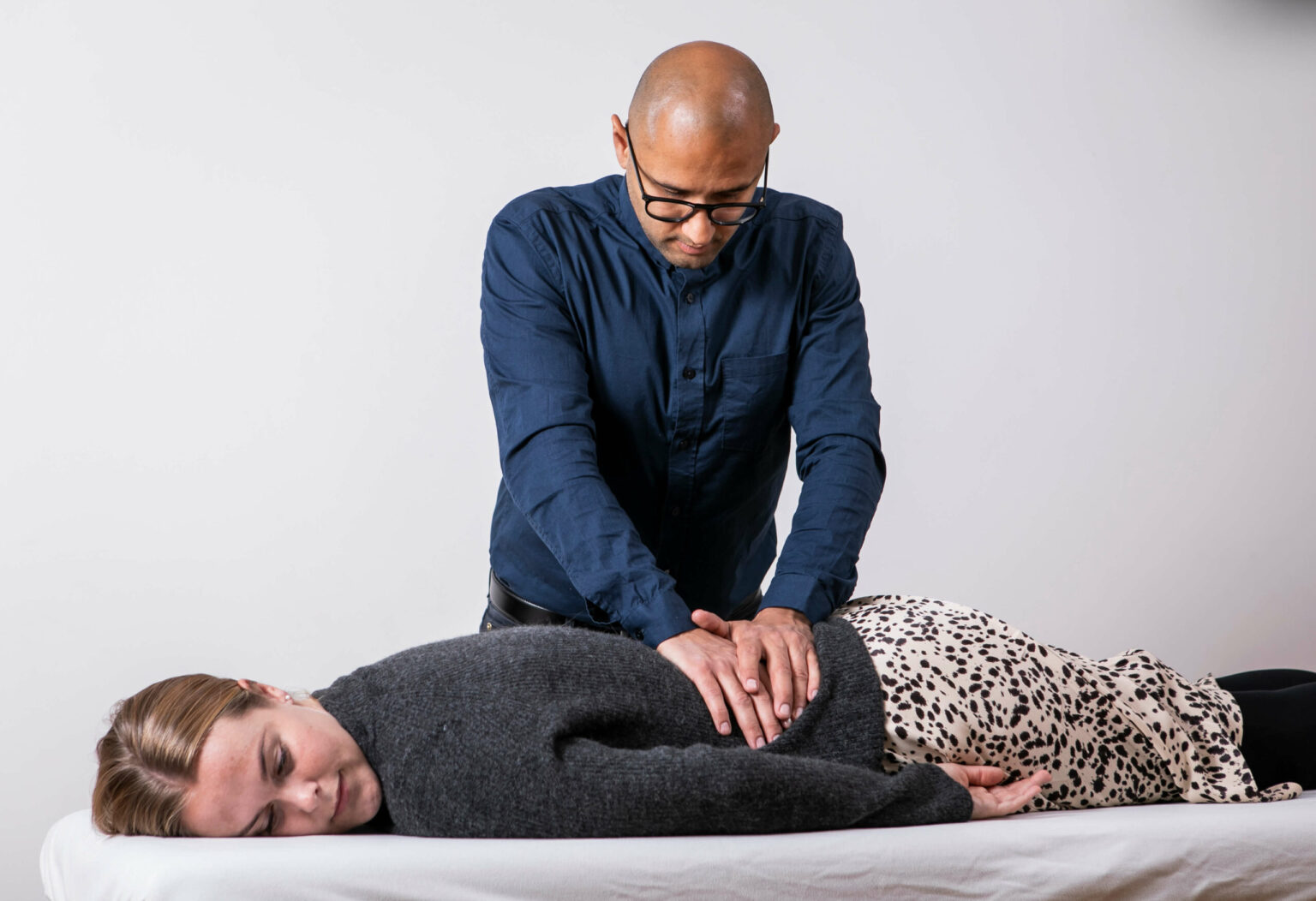
Spinal stenosis
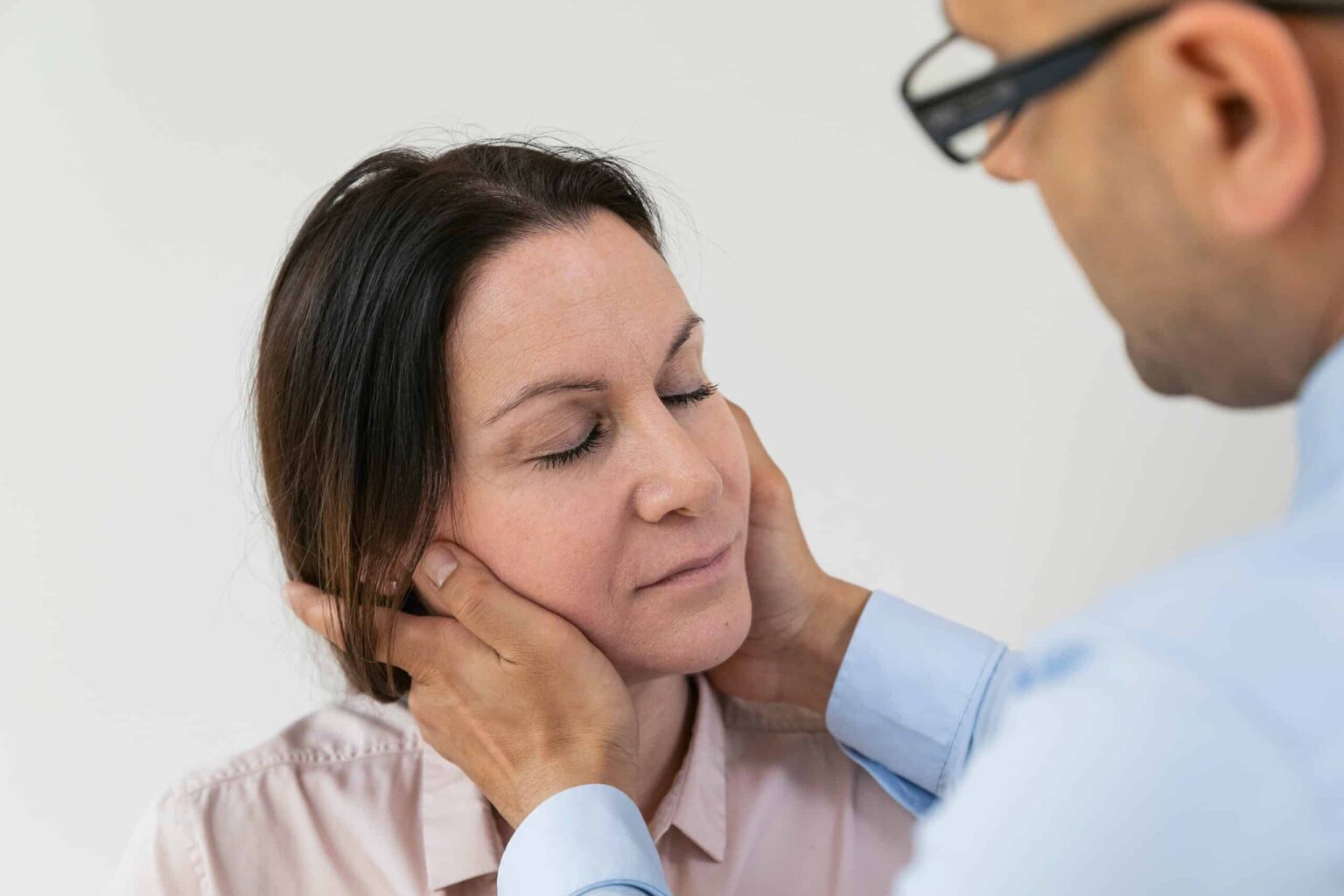
Jaw joint pain
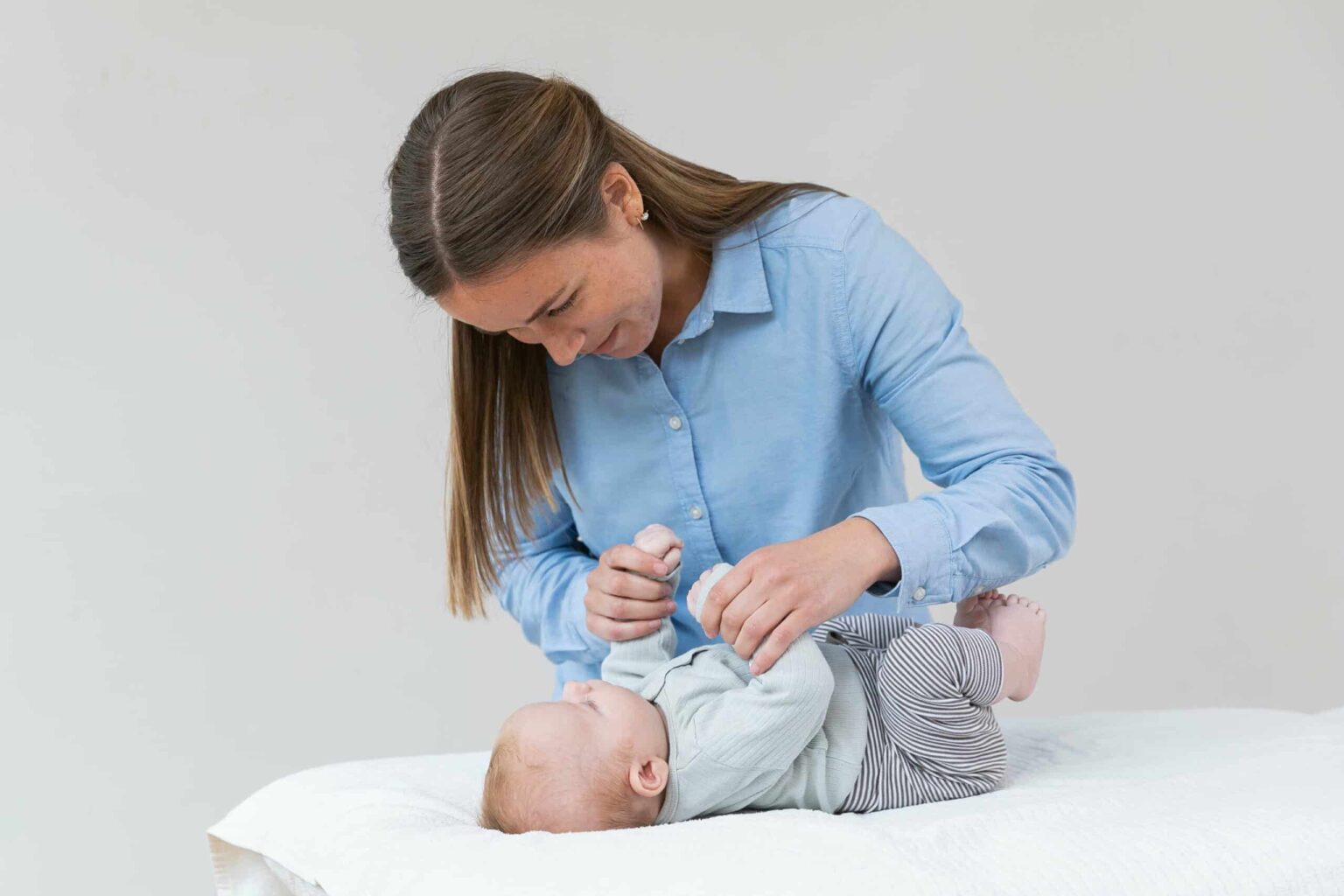
Hypermobility in babies and children
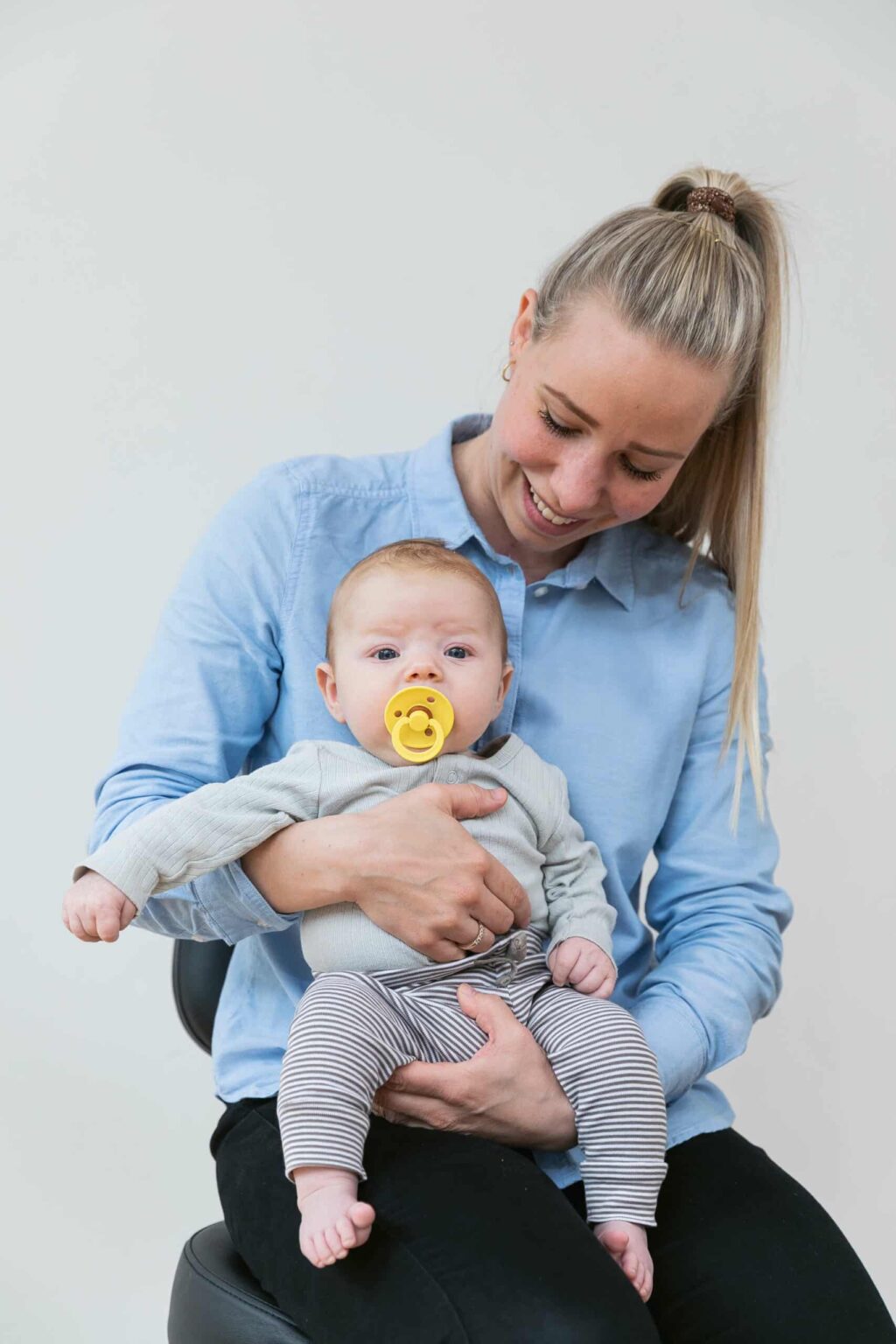
Muscle tension or imbalances in babies and children
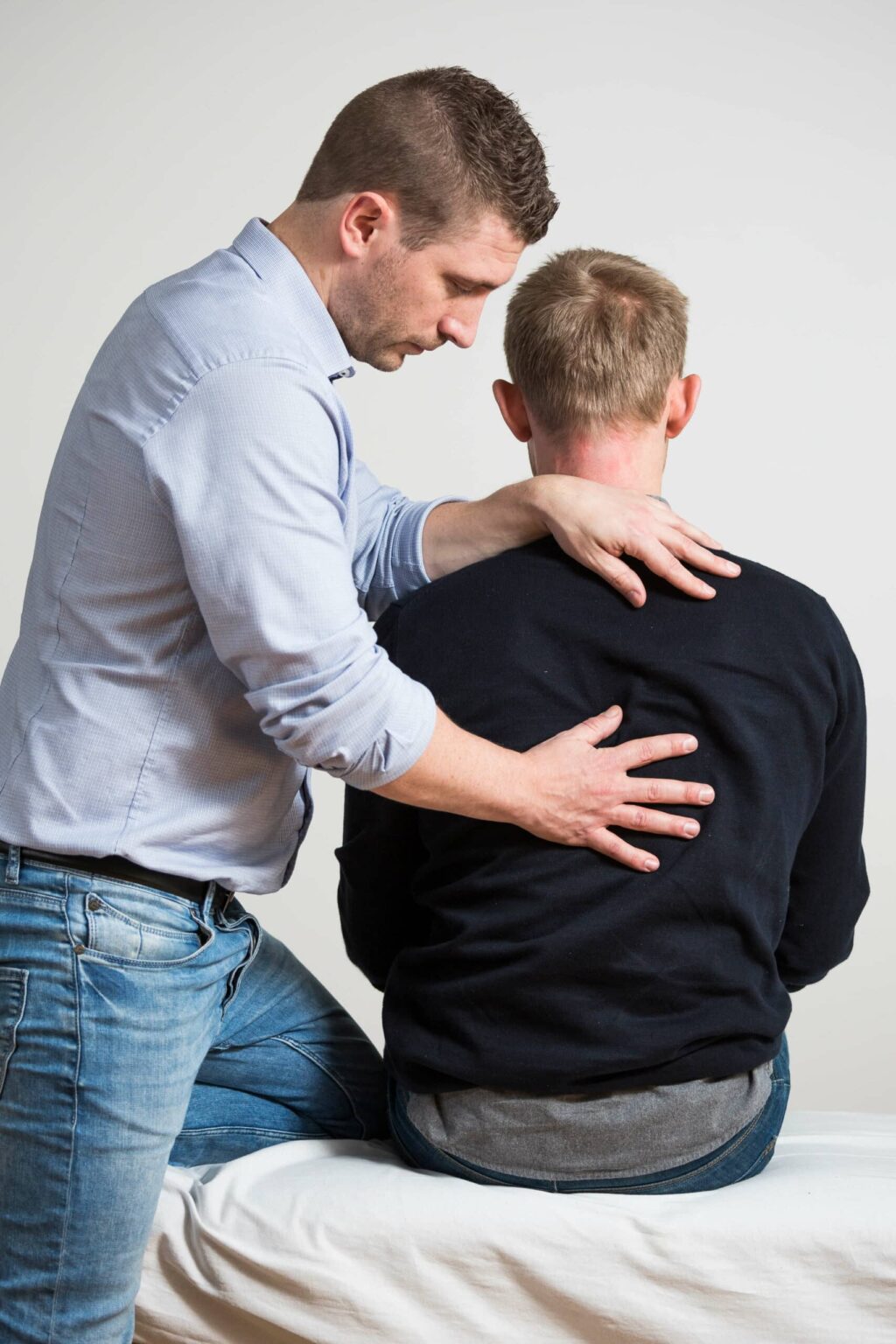
Modic Changes
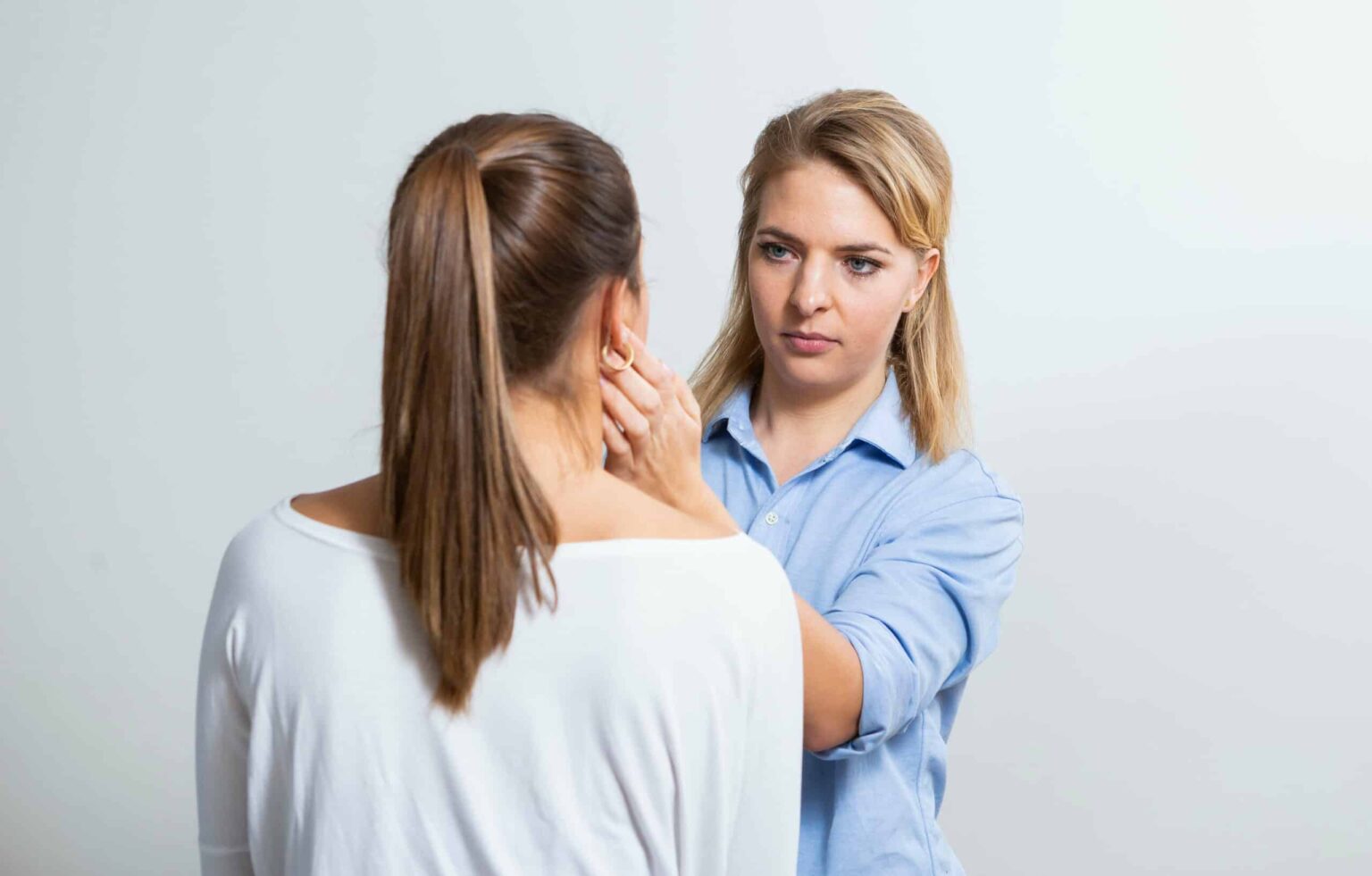
Vitamin deficiency – spot & control the symptoms

Trigger finger
